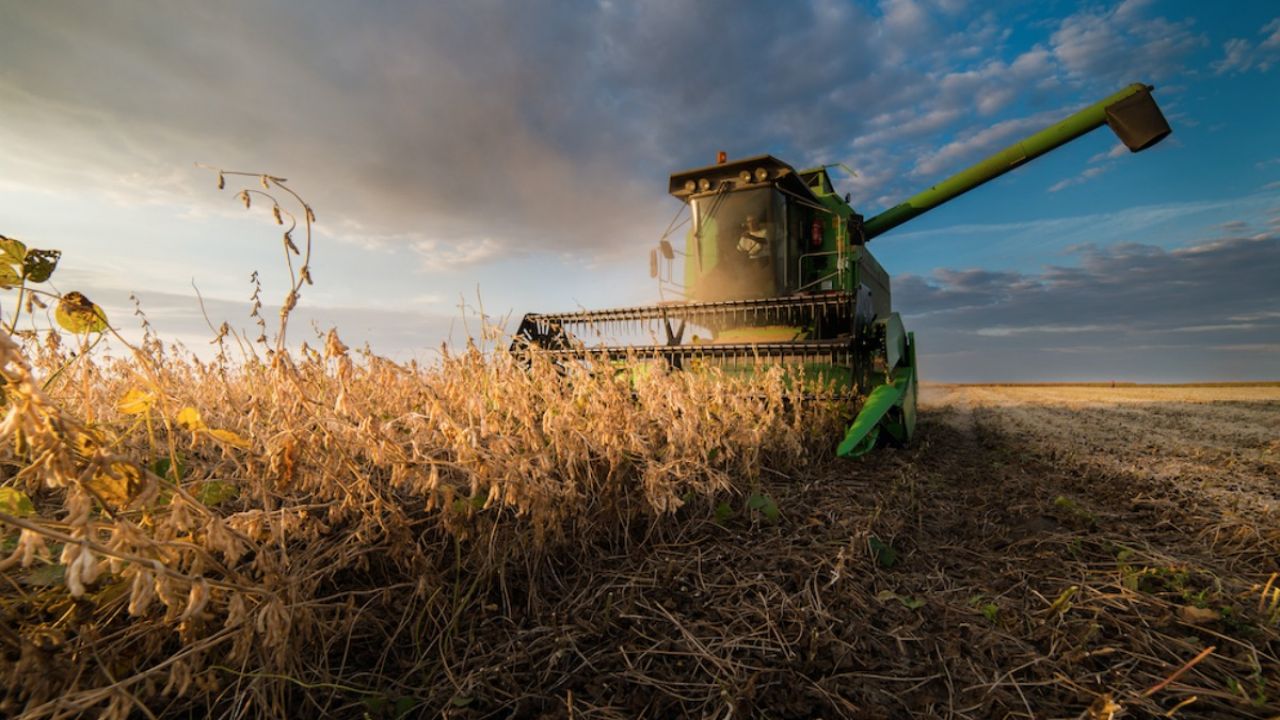
New research proves the climate crisis is costing taxpayers billions of dollars in federal crop insurance payouts for losses due to rising temperatures, underscoring the urgent need for insurance reform to incentivize farmers to pursue climate adaptation efforts.
The current iteration of the U.S. Agriculture Department crop insurance program pays farmers when crop yields or revenues decrease compared to normal conditions, but two just-published studies highlight the program’s massive financial cost and how it disincentivizes climate action.
The first study, led by Stanford University researchers and published last month in Environmental Research Letters, finds that rising temperatures associated with the climate emergency led to $27 billion in payments to farmers through USDA’s crop insurance program between 1991 and 2017. Of the $140.5 billion paid out during that period, the researchers found that 19 percent could be attributed to warming temperatures.
The federal crop insurance program is largely subsidized by taxpayers: While farmers pay some of their insurance premium, taxpayers pay about 62 percent, on average. As the climate crisis continues to make temperatures more extreme and to further damage crops, the cost burden on taxpayers will also keep rising.
The second study, by researchers at North Carolina State University and published late last month in the European Review of Agricultural Economics, posits that USDA’s crop insurance program disincentivizes farmers from adapting to climate change.
Specifically, the study finds that average corn and soybean crop yield losses due to extreme heat were higher in counties with crop insurance than counties without insurance.
Because farmers know that their crop losses will be insured under USDA’s program, they are less likely to implement measures that would help them adapt to rising temperatures and reduce losses. A wide range of conservation practices already subsidized by the federal government can help farmers adapt, including cover crops.
But as EWG has reported before, these practices are used on relatively few farm acres. Farmers are unlikely to adopt them without meaningful changes to the federal crop insurance program and to conservation programs.
The need for tackling the climate emergency is ever more urgent, as noted by the Intergovernmental Panel on Climate Change’s Sixth Assessment Report released this week. Global temperatures have already increased and the world is at a breaking point, with a rapid need to cut emissions of greenhouse gases before temperatures warm even more.
Farmers are already feeling adverse impacts from the climate emergency and can expect those harms to continue. Lawmakers and policymakers need to reform USDA’s crop insurance program, along with other farm policies, to focus on climate adaptation.
A key fix would be changing crop insurance so that it encourages farmers’ adaptation to the climate crisis instead of discouraging such efforts. Incentivizing farmers to pursue adaptation through federal policies would benefit farmers and protect their crops, while also helping to reduce taxpayers’ future burdens.


